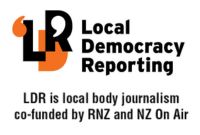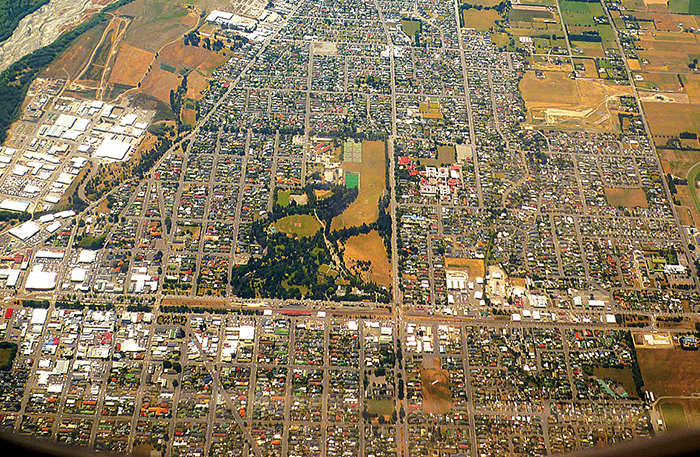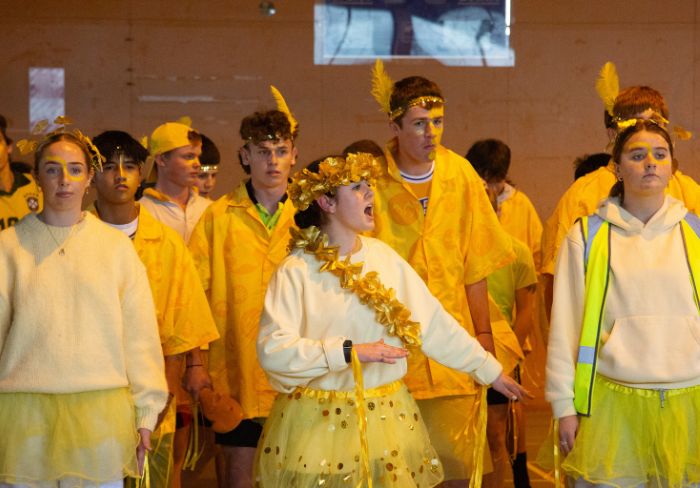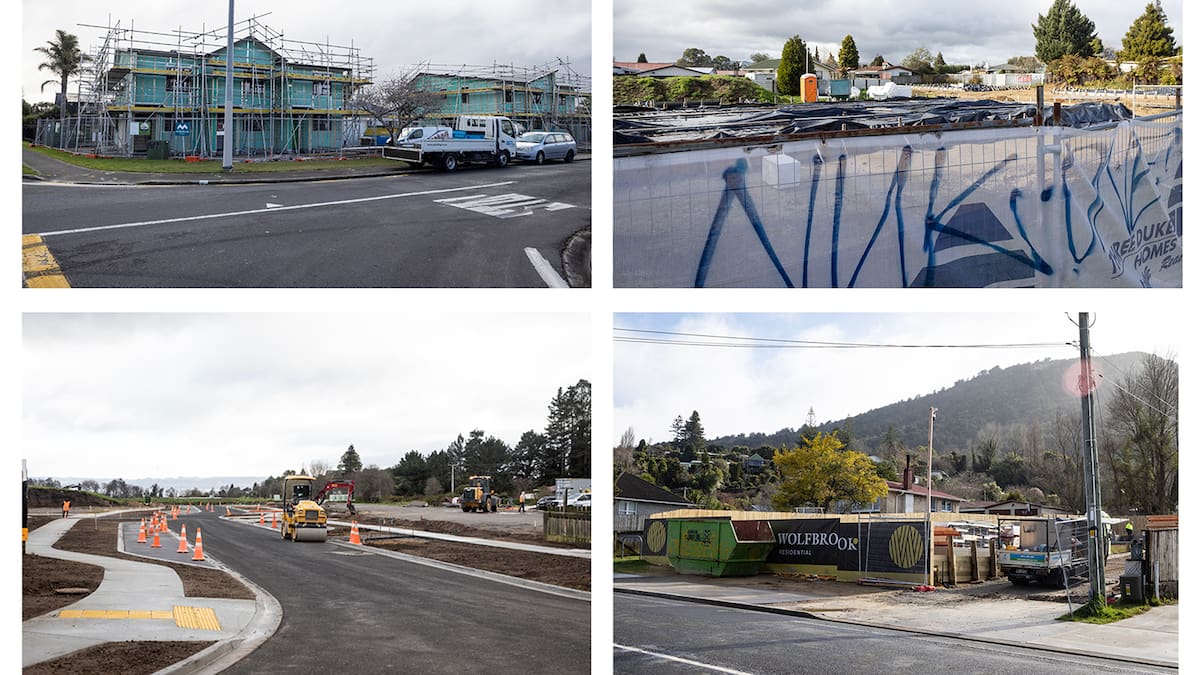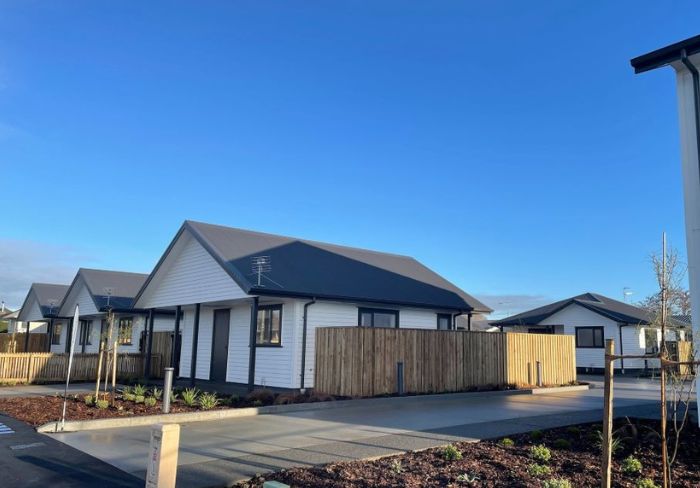Homeowners across the country are being hit with some of the biggest rate rises of their lifetime. For many, that means finding hundreds of dollars more to cover their annual council bill.
The higher cost comes on the back of rising interest rates, higher food prices, and soaring insurance premiums.
The new annual rates bill is expected to land for some just as tax cuts take effect on July 1.
It follows months of discussion and debate over long-term plans, which set out a region’s budget for the next 10 years.
Councils decide what to can, shelve, or splash cash on, and how much it will ultimately cost residents via their rates.
The Ashburton District Council has landed on 11.8% for year 1 of its 10-year plan, with the big spending on roading, drinking water and waste water and the impacts of inflation.
Out of the 67 district councils, Ashburton sits in the lower third for rate rises with the average sitting at around 15%, with district council’s varying from 6% to 25%.
It’s also worth noting that comparing percentage increases isn’t an exact science as the dollar figures vary.
Where are rates rising the most?
West Coast Regional Council ratepayers will swallow one of the biggest increases with a proposed rise of 27%. The region spans 600km, similar to the distance between Auckland and Wellington, but also has one of the smallest pools of ratepayers.
The Hastings District Council is considering a rates increase of around 25% as it faces the huge clean-up bill after Cyclone Gabrielle. The estimated cost to finish reinstating the roading network alone is more than $795m.
The Napier, Gore, Clutha, Buller, and Central Hawke’s Bay district councils are mulling increases in the 19-24% range, with some still working on finalising their long-term plans.
Environment Canterbury pulled back its proposed average rates rise from 24.2 per cent to 17.9 per cent after listening to residents.
Of the biggest cities, Wellingtonians are looking at about 17%, while 16.5% is proposed for Hamilton.
Where are the smallest jumps?
Auckland households face an average 6.8% rise, which will cost an extra $6.38 per week in rates and water charges.
Approximately 11 councils have so far kept their proposed rates rise below 10%.
At the lower end of the scale: Manawatū District Council (7%), Chatham Islands Council (6.65%) and Waikato Regional Council (6%).
Nelson City Council is proposing a 8.2% rise, but a $300 storm recovery fee could increases this to 15%.
Ashburton sits with a group of 13 councils sitting between 10-13%.
Again, these numbers may change as work continues around the country to finalise long-term plans.
Why are rates rising so fast?
Rates are rising for the same reason your bills are increasing.
Councils are being hit by rising inflation, higher interest rates, and larger insurance premiums. This means councils need to find more money to deliver the same level of service.
Building costs are also increasing. Bridges are 38% more expensive to build over the last three years, and sewerage systems are 30% more expensive, according to a recent analysis for Local Government NZ.
Ashburton mayor Neil Brown summed it up when speaking to Local Democracy Reporting on his region’s 11.8% rates rise.
“Inflation is certainly not our friend, interest rates are kicking in and it’s all biting.”
Community feedback asked the council to make savings where possible and focus on core services like roads and water, Brown said.
“We dropped the frilly stuff and focused on what was needed.”
Can councils do more to keep rates lower?
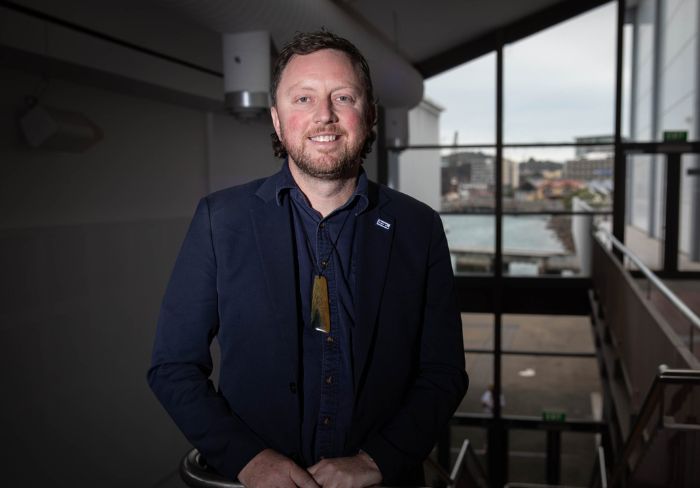
It all comes down to money and services. Councils either need to find more revenue or cut back on spending.
Local Government New Zealand president Sam Broughton said the average rates rise is currently about 16% across New Zealand.
In the past, a few councils might have had a large increase, but now most councils are looking at significant rises.
Rates are the primary revenue source for councils, but LGNZ is campaigning on finding new revenue sources.
Broughton said the overreliance on rates was unsustainable for councils and the Government needs to help, suggesting returning GST charged on rates to local councils which would cost the Government at least $1.1b.
What does the Government think?
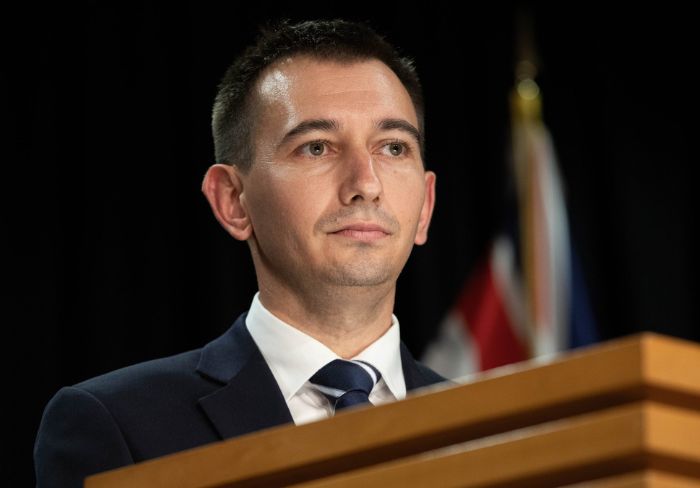
RNZLocal Government Minister Simeon Brown says councils need to keep an eye on their spending.
“Like most New Zealanders, central government is having to prioritise the must-haves over the nice-to-haves.
“For the Government, this means funding essential services and critical infrastructure. I expect local councils to adopt a similar approach.”
The Government isn’t considering sharing GST on rates but is looking at sharing a portion of GST collected on new residential builds with councils as an option for incentivising growth.
The Government is also developing a policy around City and Regional Deals, where councils team up with other councils and central Government to deliver infrastructure projects in a bid to keep the costs down.
By Marika Hill and Jonathan Leask
